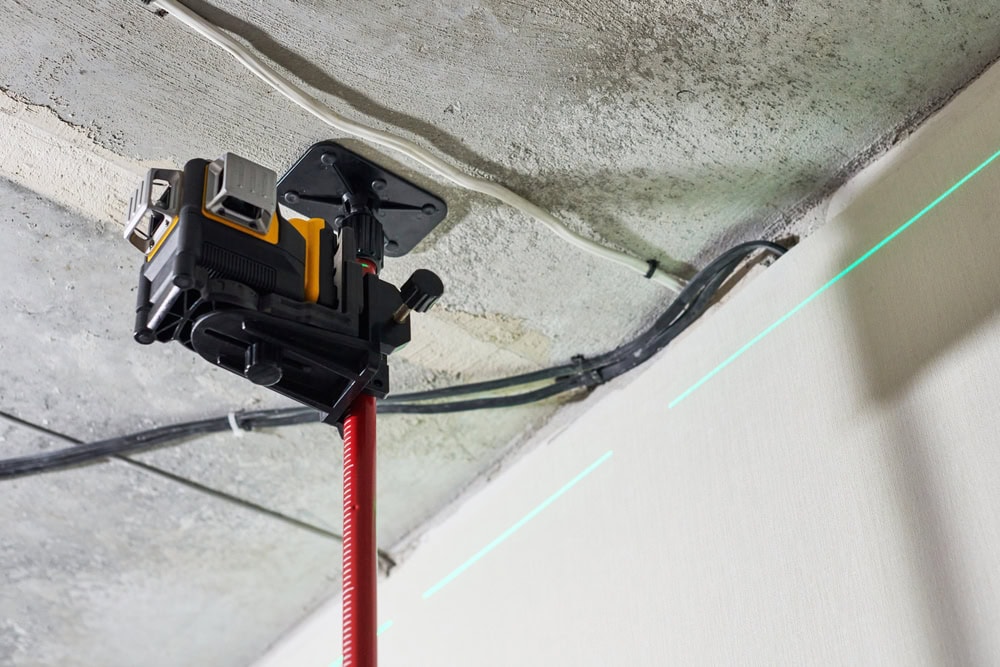2024 Financing Your California Contractor License Journey
Embarking on the path to becoming a licensed contractor in California is an exciting venture, but it’s important to understand and prepare for the associated costs. This guide will help you navigate the financial aspects of obtaining your contractor’s license and starting your business. Breakdown of Associated Costs License Application Fees: Initial application fee: $330 … Read more










